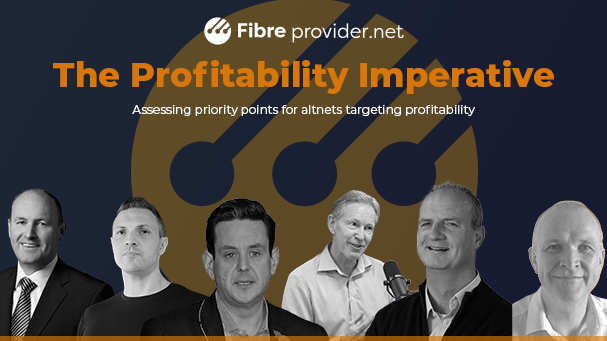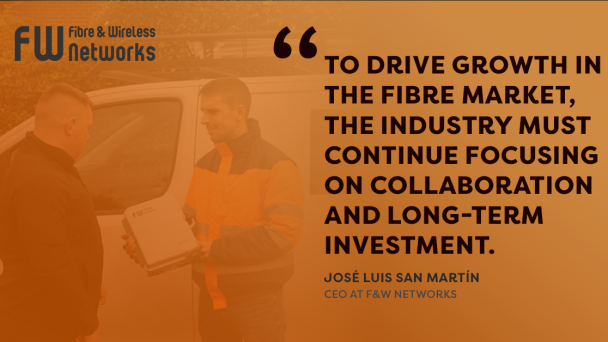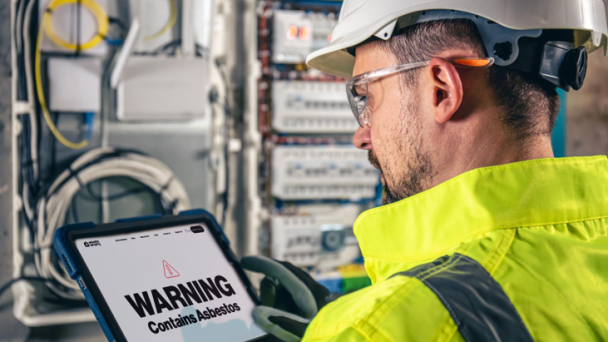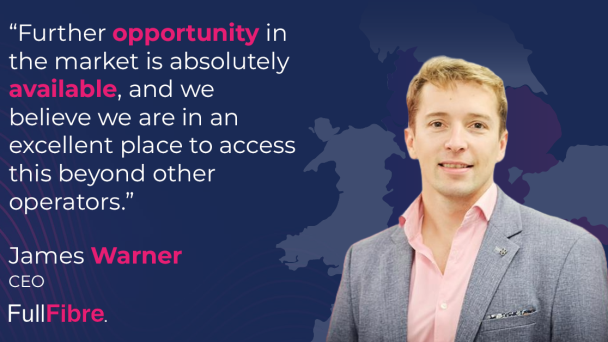Our latest Fibre Scope feature explores how can/ are altnets most effectively delivering the payback imperative and becoming profitable.
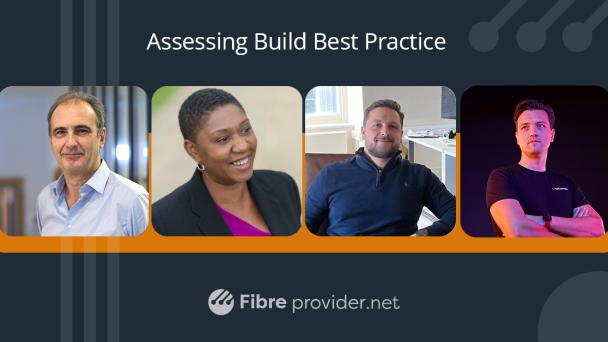
Positive community interaction during the build phase is proving to be a critical factor in fibre take-up as networks go live and stakeholders demand connections.
As most of the 100-plus operators in the market began life relatively recently, they are building a reputation from scratch, and this can be easily damaged by locals sharing bad experiences.
Furthermore, fibre providers often start on the back foot in new communities due to both the confused marketing of the term ‘fibre’ before Ofcom’s intervention and the disruptive nature of network provisioning.
However, those altnets that prioritised positive relationships with communities and local councils are now reaping the rewards. Extolling the virtues of widespread improved digital infrastructure whilst focusing on overcoming specific issues for local communities seems to be a recipe for success.
Netomnia MD Zoltan Kovacz said: “Providing visibility of our brand, communicating our intentions and the benefits of full-fibre infrastructure, all contribute to greater service uptake.”
“It is important to build positive relationships with local councils, local build partners and communities, ensuring stakeholders know what to expect from network rollouts.”
Ian Kock, Brsk COO, adds these relationships should begin before work starts. He said: “We take an early engagement approach, both with local councils and with residents. We believe it is a crucial step to first communicate and align with the local council, and following that, as many residents as possible to get their support and buy-in before any building work begins.”
This process can start three months in advance and includes pre-build notification letters to each home in a targeted area, followed by engagements through a fully-fledged engagement team who visits as many residents as possible to inform them of the altnet’s upcoming build.
CityFibre has a similar early engagement approach according to Stacey King, Senior Partnership Manager. The company gives advanced notice of work starting via direct mail, through local press and by speaking directly to individuals on the ground.
It is at this juncture that residents and stakeholders will begin to build their view of an altnet’s brand. Kock highlighted that with the right mindset, this can be a positive. “We start off on the back foot, mostly due to being an unknown brand to the customer, but this creates opportunity, as we do not suffer from a predetermined judgement or opinion; we get to set the tone and the experience.”
Critical to this is ensuring that all build teams or contractors relay the values that you want to be presented. As engineers are often the first point of contact they are often unwitting spokespeople for the brand.
Ogi both monitors and incentivises staff to ensure high standards. Its in-house supervisors are deployed to check sites, ensuring high standards. Steve Cooper, Chief Delivery Officer, said: “Our in-house supervisors are deployed to check sites, which is a more traditional construction monitoring technique. Our community engagement team also take to the streets, checking up on sites, and promoting and rewarding best practices through our ‘Crew Awards’.
“It’s the smallest things sometimes, that have the biggest impact. A free breakfast on us, or a shout out on social media from a brand can boost morale and have a big impact on behaviour.”
When using contractors Ogi hosts regular ‘stand downs’ to make sure they remain on the same page.
King notes the rigorous procurement process CityFibre uses to select contractors. “There is a procurement process for each of our build partners, with an extensive pre-mobilisation process to ensure established standards and ways of working. Often, if high standards are maintained and a strong working relationship is established, one contract can evolve into several.”
Likewise, Brsk only employs contractors following due diligence and understanding of their previous and current projects. It requests suitable back-office support before onboarding which must be demonstrated during the process, which consists of full overview of specifications and technical documents, from surveying through to handover to the end user. Brsk manages this closely through its regional teams.
It should also go without saying that all staff should be appropriately trained and have all necessary safety equipment.
These steps will protect reputation, but altnets need to go a step further and build a positive brand image, it is important to remember they are often competing directly with the incumbent.
King points to altnets ability to provide a more local approach that speaks to a community’s specific needs. “We can also be agile and locally focused on solutions which the incumbents usually cannot, therefore being more flexible to solve certain community challenges, and of course carry that through to the user.”
Kovacs notes that his build teams are often local and understand the needs of the communities they are operating in.
Educating end users on the benefits of fibre is also critical. Kock adds: “If communication and education are done right and throughout the journey, that in turn will help to build trust and a positive relationship with a community.”
These positive relationships can have two obvious knock-on effects. The first is to turn customers into spokespeople for your brand. Kock stated: “Your customers are your strongest advocates, and if they have had a good experience from the start with your brand, they will share that experience with their network.”
MPs and stakeholders can also become advocates for your build and a positive working relationship could be a gateway for further work.

